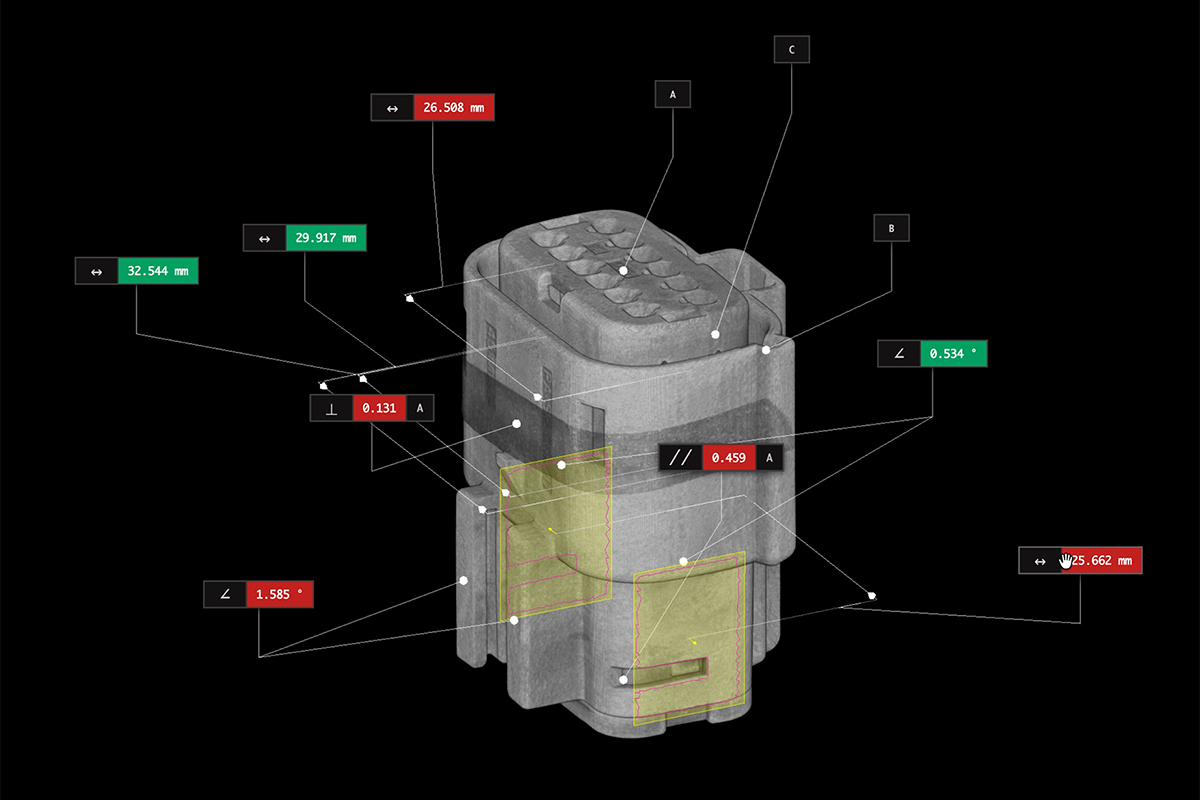Inspect mechanical assemblies with industrial CT
Industrial CT gives engineers the power to look inside mechanical assemblies, helping them identify and fix a wide variety of problems that would otherwise be hidden.
Compared to conventional destructive testing methods, CT can be faster, less expensive, and more repeatable. It also offers deeper insights by making it possible to cross-section a single sample on multiple planes, and it can automatically identify manufacturing flaws like voids and pores.
Lumafield's Neptune CT scanner works by taking a series of X-ray images from different angles. It uploads them to Voyager, Lumafield's powerful, cloud-based software, where they're reconstructed into a 3D model. From there it's easy to analyze the scanned object in detail by taking accurate measurements, visualizing hidden features, and sharing data seamlessly with collaborators.
Explore the Lumafield CT scans below to learn more.










